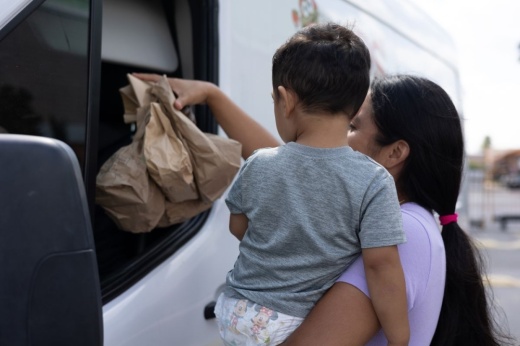This percentile has risen since 2019, when it was 13.9%—or 644,710 people, according to the 2023 report.In a nutshell
Feeding America’s “Map the Meal Gap” was created to estimate the amount of food insecurity in America and discover the reasons behind the food insecurity. Factors such as race, income, geography, age and others can play a part in the amount of food insecurity in a county, according to the report, which includes the following:
- The population of food-insecure individuals in the county
- The rate of food insecurity
- The estimated program eligibility among food-insecure people
- Annual food budget shortfalls
- Average meal costs
The annual food budget shortfall—which is the amount of additional money needed to meet food needs—is based on Current Population Survey responses. For Harris County, the estimated food budget shortfall was $325.46 million in 2019 and has since risen to $539.95 million as of 2023, according to the report.
The average meal cost for Harris County, also estimated by the Current Population Survey, rose from $2.95 in 2019 to $3.50 in 2023, according to the report.
A closer look
The child food insecurity rate in Harris County as of 2023 is 24.6%—which equates to 306,140 children. That figure is a 22.2% increase from the child food insecurity rate of 20.1%—or 250,600 children—in 2019, according to the report.
As for specific demographics, Black, Latino, and non-Hispanic White populations have the highest food insecurity rates as of 2023 at 34%, 25% and 11%, respectively, according to the report.
The report also found that as of 2023, 59% of overall food-insecure people in Harris County are eligible for the Supplemental Nutrition Assistance Program (SNAP), the nation's largest food assistance program, since they are under the SNAP threshold of 165%, according to the report.
Learn more
View the 2025 "Map the Meal Gap" report here.





